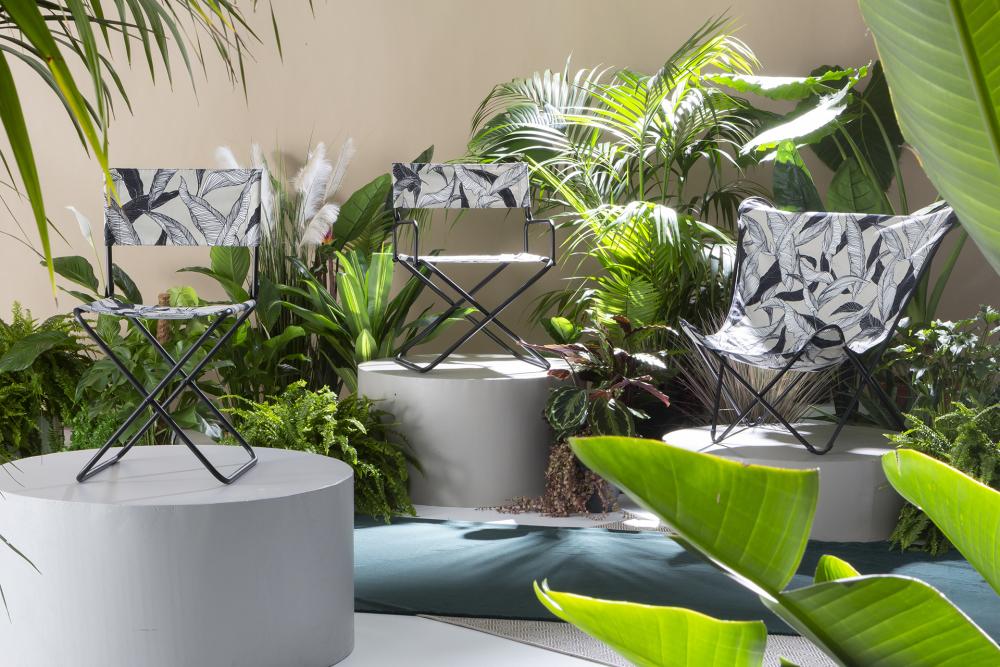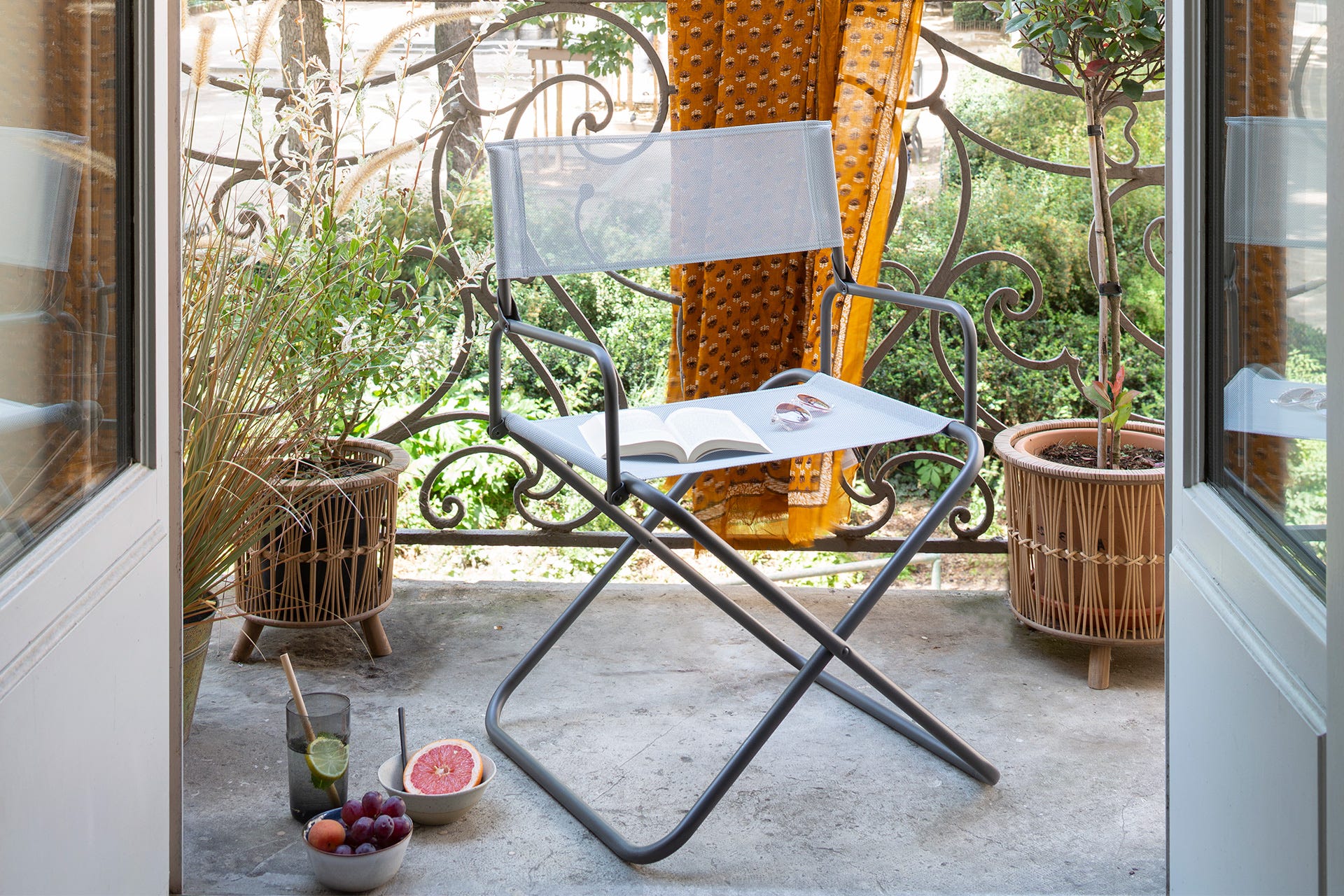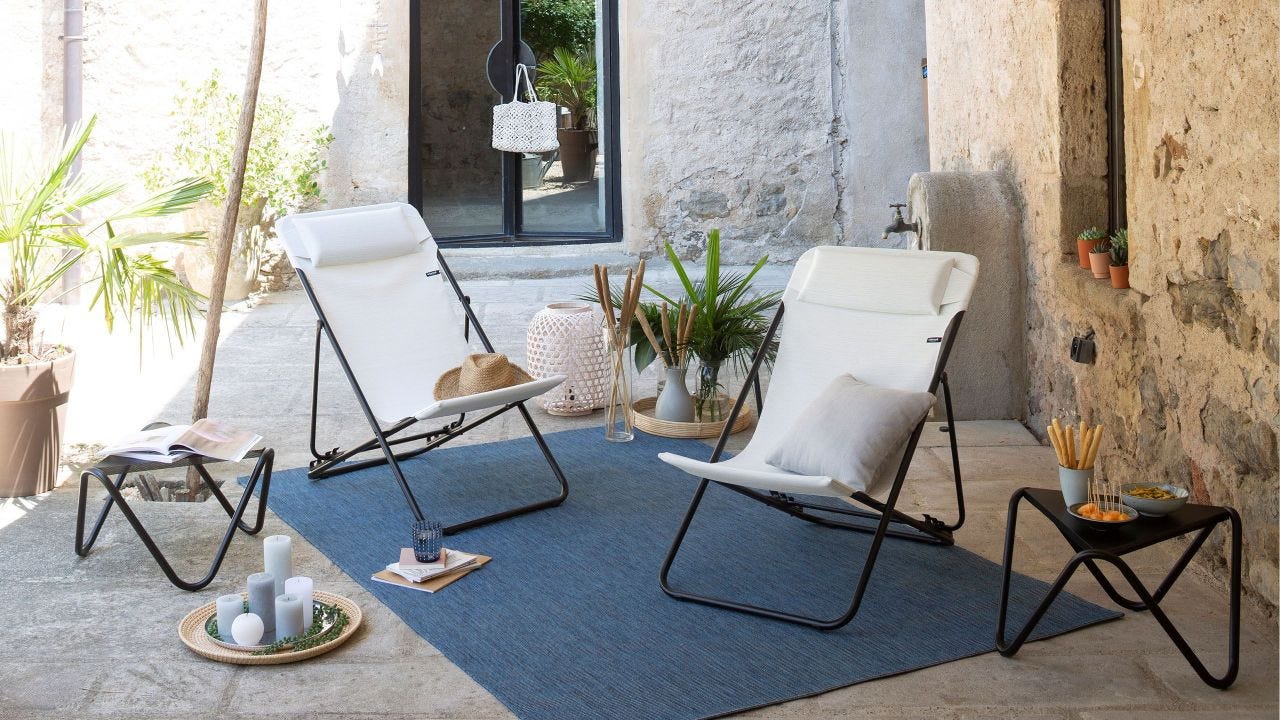🏡📦 Now shipping from our UK warehouse — Fast & Free delivery from £100 😉
What is the Slow Decorating trend? Discover our advice for using a type of decorating which responds to the requirements of the Slow Life movement.
What is Slow Decoration?
As a counterpoint to the frenetic pace of modern society, the concept of»slow life calls to slow down and refocus on the essential, and to reconnect with nature and with oneself. This life philosophy appeared in Italy during the 1980s with Slow Food, in opposition to fast food, and has spread into everyday life as far as design. A slow interior decoration follows this movement, breaking with low cost low quality furniture production. Slow decor results in quality furniture, designed in durable materials, and within close proximity to the distribution site with a view to local consumption.
How to take on Slow Decor?
When setting up a living room or renovating a child’s bedroom, aim for environmentally-friendly furniture. While the throwaway culture uses our planet’s resources, sustainable furniture anchors itself as an ecological approach: quality durable materials, such as wood from eco-managed forests and paint that is guaranteed free from solvents, and also low energy consumption, better waste management etc. Also, to reduce the furniture’s environmental footprint and to promote local consumption, choose Made in France items. The intérieure Slow Decoration calls us to be conscious of the value of decorative pieces and furniture, which in turn values workmanship. In this spirit, we will choose simplicity and authenticity with minimalist decoration, without giving in too quickly to trends.




Our ideas for ecologically-friendly decoration
With ecological awareness, the necessity to renew with nature becomes crucial.. Thus, plants begin an assault on our interiors. Even in a small space, a terrarium or a tall glass vase can hold green plants, ferns or cacti, or bouquets of dried flowers.
To create a cosy, chic and personalised ambiance in your home, the trend is for upcycling. In other words : giving a second life to old items instead of discarding them. Old wooden crates can become original shelves while repainted containers will make clever candle holders, and glass bottles can metamorphose into lamps.
To create a characterful interior, just go bargain-hunting in antique sales for decorative period pieces such as old mirrors or linen textiles. Furniture which seems old-fashioned can find a new lease of life when repainted. With a side board in the dining room, or bedside table in the bedroom, all of the rooms in the house can be dressed in second-hand items. Pastel colours will anchor themselves in a natural (Scandinavian) decorating style, with brighter notes of yellow to terracotta. Natural and plant materials such as wicker and rattan which for some time have been relegated to second place, are now finding a resurgence. Mixing wood and black metal will offer an industrial style which is also coming back into fashion to design a loft vibe or personalised artist’s workshop.

